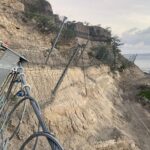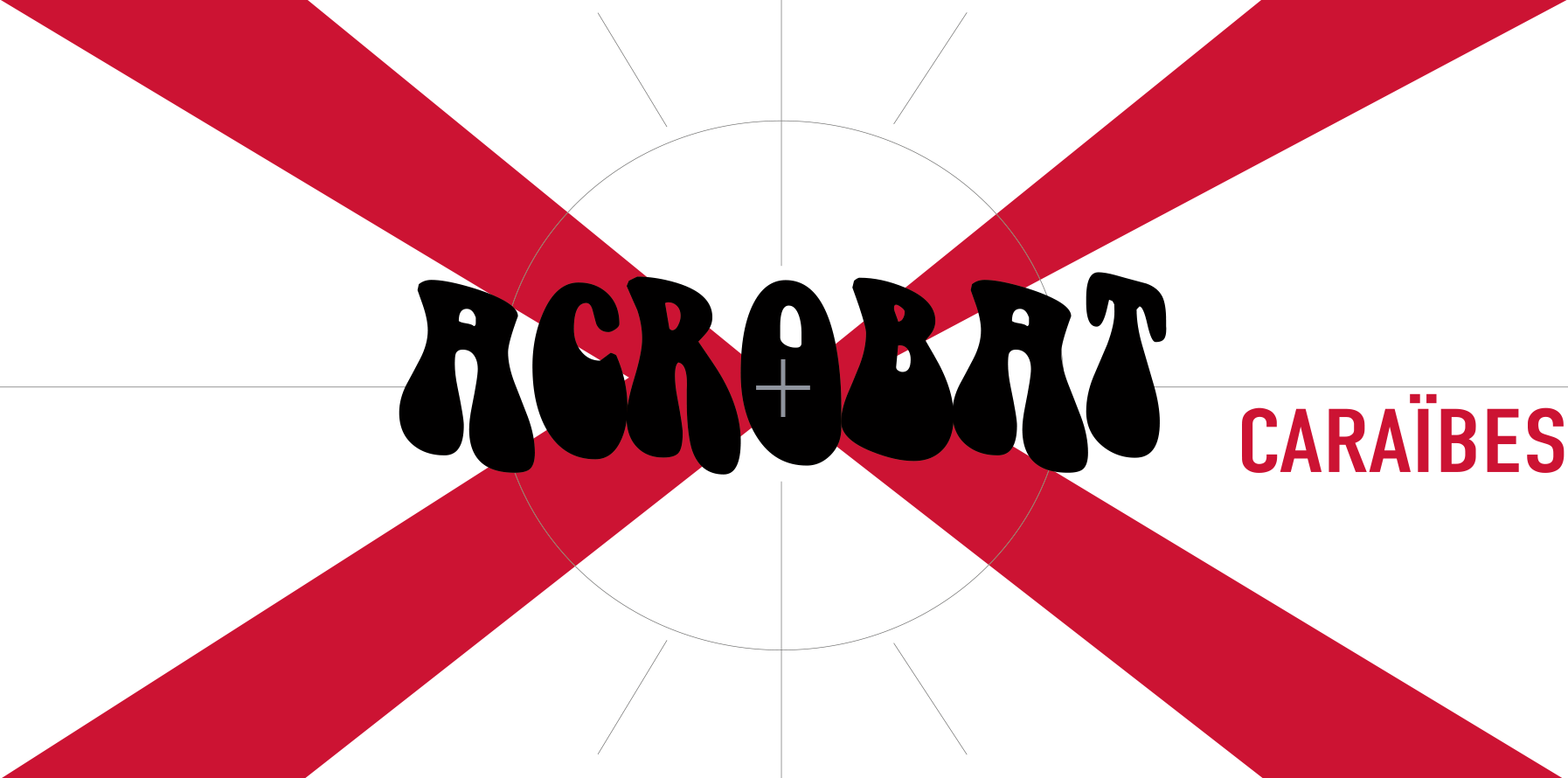
Direct anchors and boring to strengthen
How to Prevent Rockfalls and Falling Stones?
Rock debris at the foot of slopes and landslides are common phenomena, posing significant risks to nearby infrastructure. To secure these hazardous areas, our company, specializing in rope access works, provides the following interventions:
- Purging unstable rock masses: Removal of materials likely to detach and fall.
- Installing protective structures: Deployment of barriers or nets to stop or deflect falling rocks.
These operations are carried out by expert rope access technicians, perfectly suited for difficult-access terrain and rugged relief. A preliminary step for any stabilization work is the installation of anchoring systems.
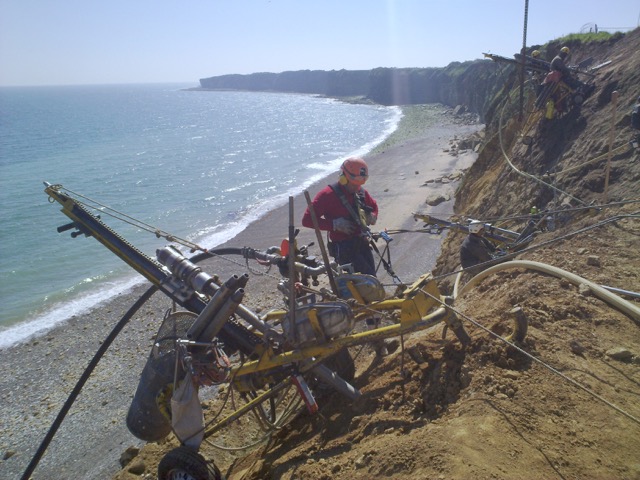
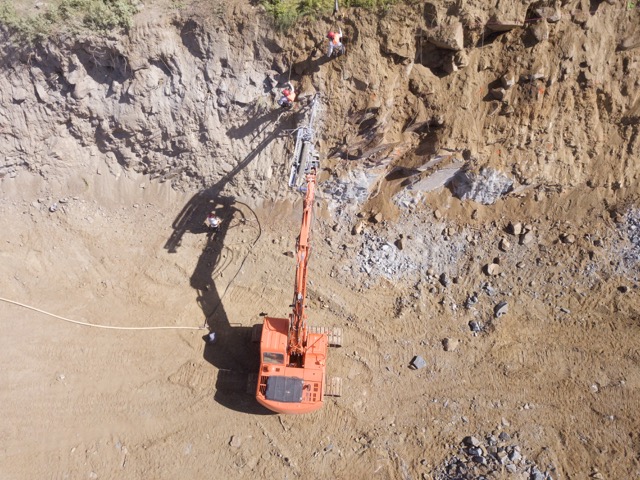
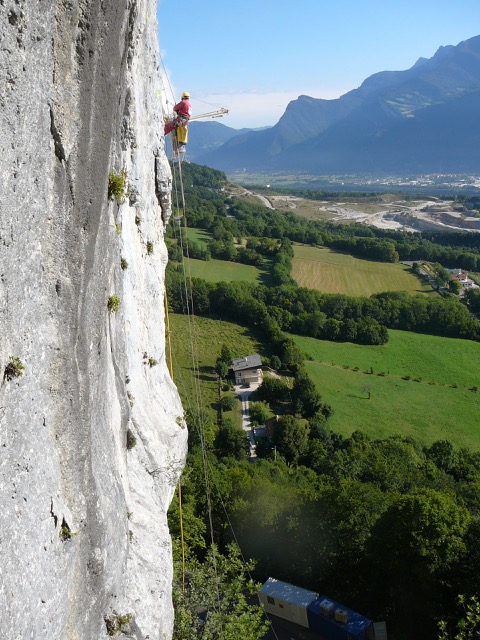



Direct Anchoring
Tailored Solutions for Securing Cliffs and Slopes
Depending on the nature of the hazard and the terrain’s characteristics, several protection techniques can be implemented:
-
- Direct Anchoring: Stabilization of unstable rocks.
- Cable Mesh Systems: Reinforcement and consolidation of rock masses.
- Rockfall and Debris Barriers: Structures designed to stop or deflect falling stones.
- Cable Nets and Draped or Tensioned Mesh: Surface retention systems to prevent rocks from reaching infrastructure.
Ensuring Effective Protection
These solutions, installed on cliffs and rocky slopes, effectively neutralize the risk of falling rocks and safeguard infrastructure located at the base of slopes.
At Acrobat X, we specialize in rope access works and natural hazard prevention. Our team delivers tailored solutions to secure sensitive zones.
Contact us today for a personalized case study and ensure the safety of your sites!



